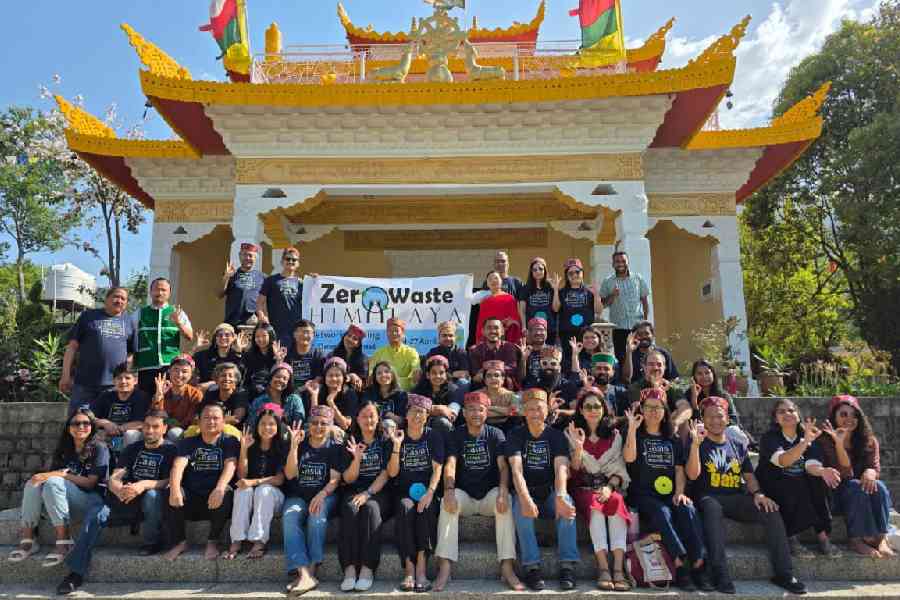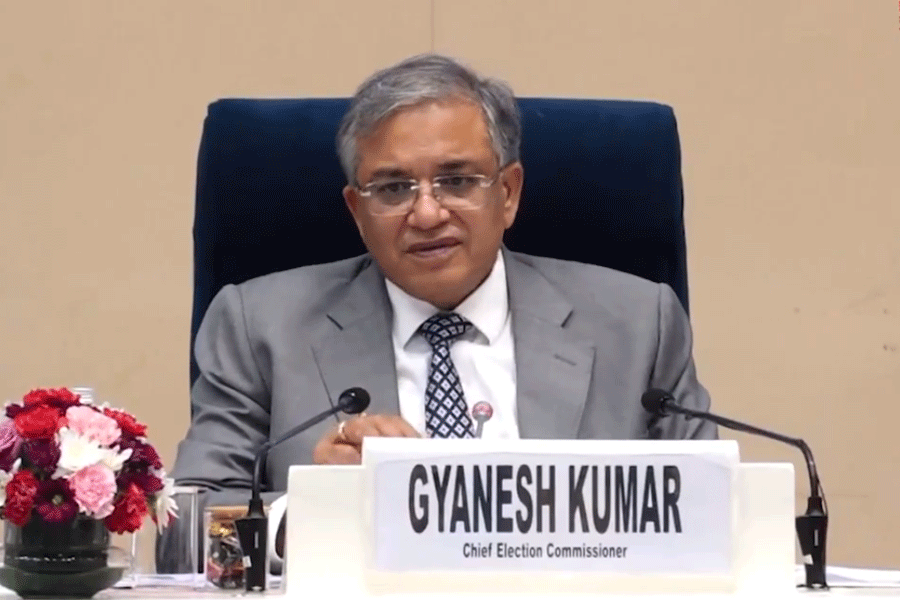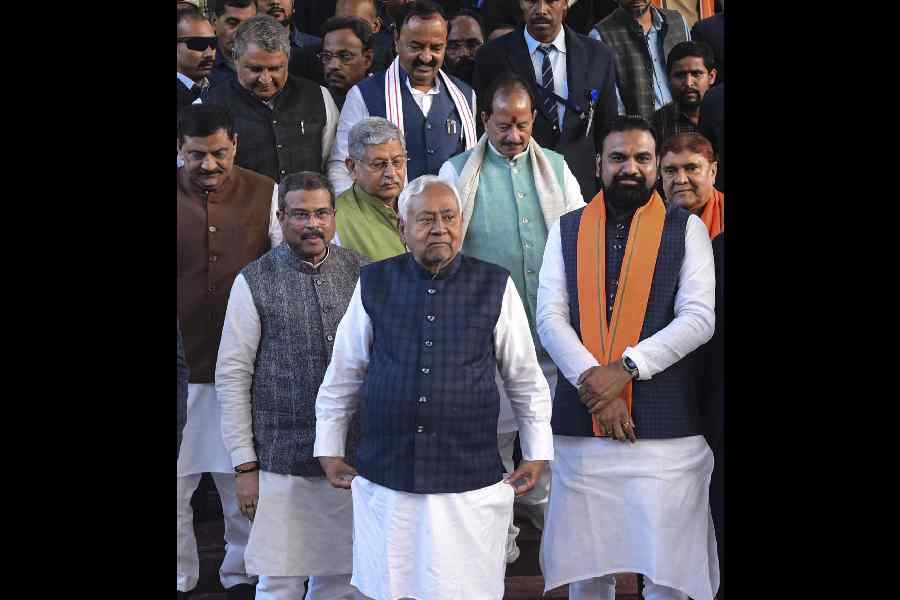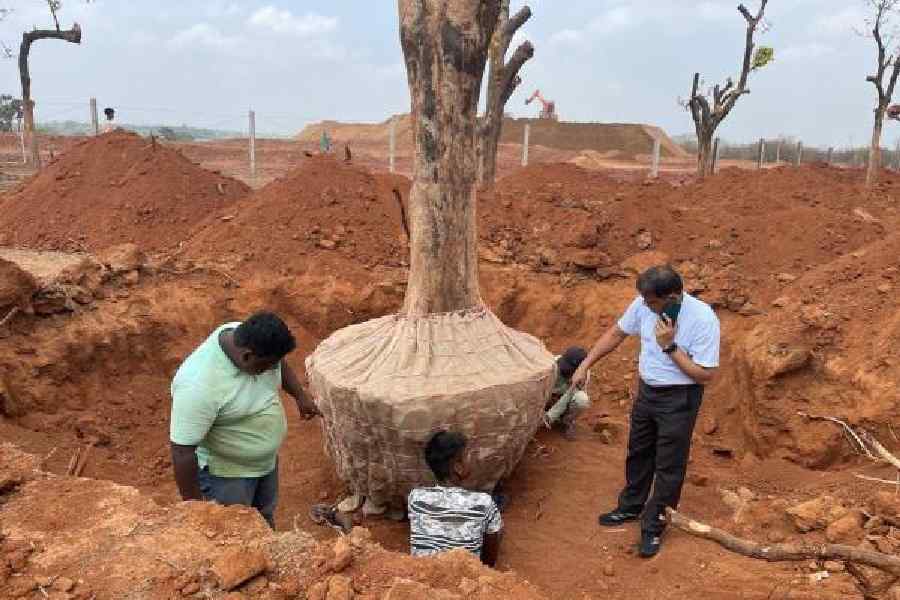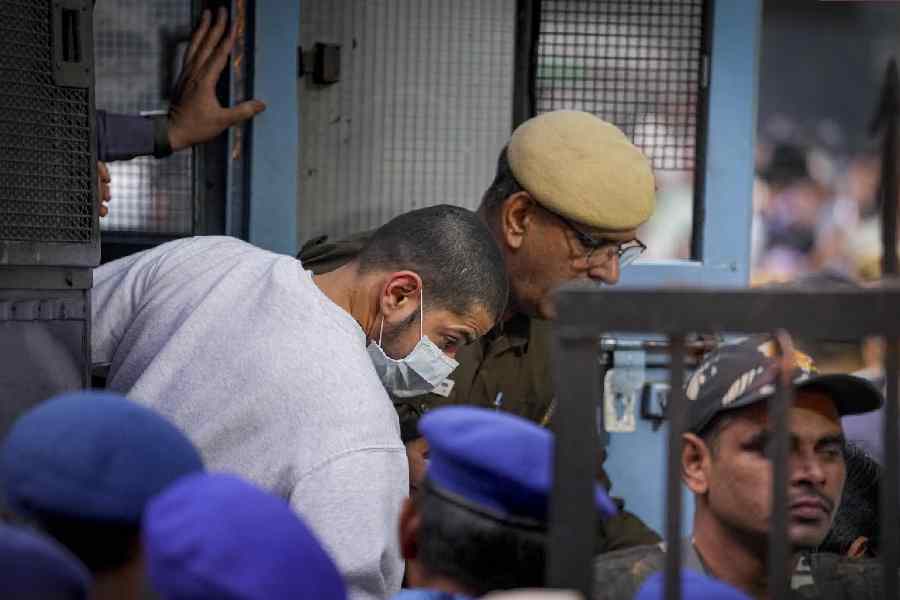Nepal and Bhutan have joined The Himalayan Clean-Up (THC) campaign this year to work together to preserve the fragile ecosystem of the Himalayas where plastic waste is one of the biggest threats.
A total of 48 participants representing 27 organisations working across the Himalayan Region from India, Nepal and Bhutan convened at the Deer Park Institute at Bir in Himachal Pradesh for the Zero Waste Himalaya Network Meet recently.
“The participants in the workshop discussed the specific challenges and issues of waste management in the mountains and its solutions,” said a source.
During the workshop, speakers pointed out the lack of plastic producers’ responsibility towards cleaning the Himalayan region.
Last year’s waste audit from 151 sites revealed that of the 12 lakh waste items collected, more than 10 lakh were plastic accounting for 75.2 per cent of the refuse.
“Of these, 84.2 per cent of the waste came from food packaging,” a source said.
The clean-up drive was conducted in 450 sites across the Indian Himalayas by over 15,000 volunteers simultaneously. Over 350 organisations including government agencies had participated in the movement across nine Himalayan states and Union territories.
The drive was conducted mainly in Ladakh, Sikkim, Darjeeling, Kalimpong, Arunachal Pradesh, Nagaland, Himachal Pradesh, Uttarakhand and Manipur.
Sources said that the findings of the cleanup drive were shared during the meeting, including the one on plastic waste. The findings also suggest that 70 per cent of plastic collected during cleanups were non-recyclable, with no available solutions or market value.
“Also, over 80 per cent of this plastic waste was linked to single-use food and beverage packaging. The food and waste intersection emerged as a particularly alarming area, highlighting the depth of systemic problems tied to lifestyle, production and consumption patterns,” a source said.
The food packaging items came in the form of food wrappers, beverage packs and juice boxes.
“After food packaging, smoking materials were the second highest, with waste items such as cigarette packets and butts, gutka and tobacco packets,” said the source.
Cigarette butts consisted of 17.9 per cent of the smoking material, followed by cigarette boxes, 15.9 per cent.
Among the personal care products, shampoo sachets topped the list, followed by sanitary napkins and diapers.
At the meeting, the participants decided to continue with The Himalayan Clean-Up (THC) campaign anchored by two India-based organisations, Zero Waste Himalaya and the Integrated Mountain Initiative.
Following the findings of the waste audit, the representatives have decided to take forward the THC 2025.
“The campaign will be held from May 26 to June 5 this year,” the source said.
The participants will also form a formal organisation structure under the banner of Zero Waste Himalaya Alliance to take forward the movement. “An organising committee has been formed to define the alliance, vision, mission and principles,” the source added.

